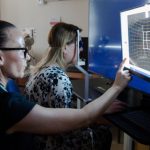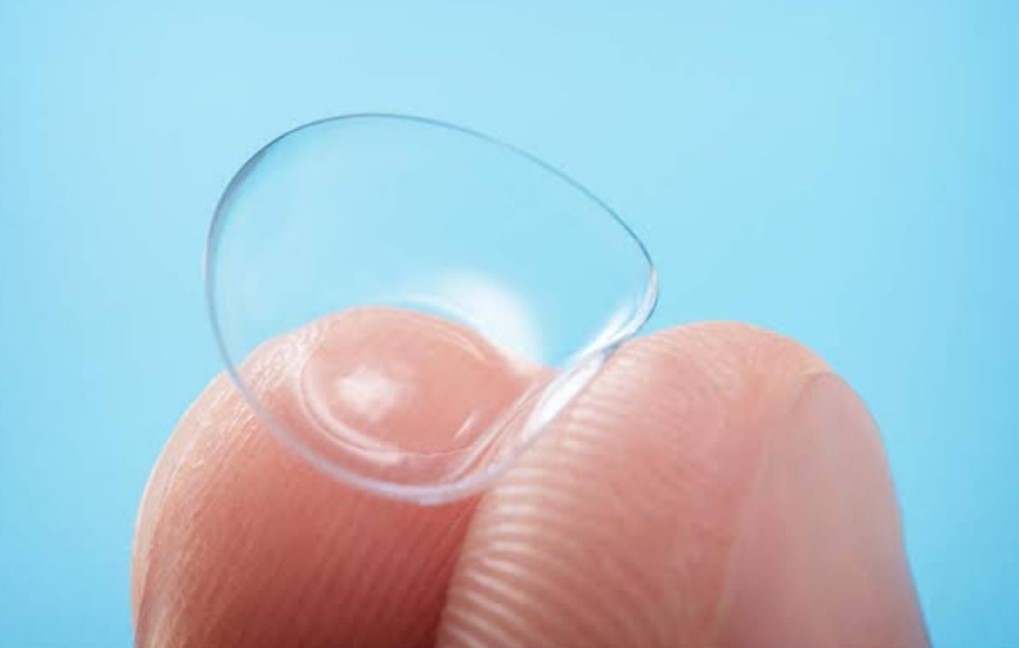Intraocular menas with in the eyeball. Eye surgery also known as ophthalmic or ocular surgery. Optometrist is a certified health care professional who doing examination of the eyes,retraction,diagnosis for any abnormalities of eye and primary disease and help to surgeon as a assistant on intraocular surgery. I am an optometrist, as a optometrist.
There are many types of intraocular surgery:-
• Blepharoplasty, to repair droopy eyelid.
• Cataract
• Corneal transplant
• Glaucoma surgery
• LASIK
• SQUINT surgery
• Retinal surgeries
• Eye muscle surgery
• Other eye disease like entropion ,ectopion, chalazion, petrygium etc.
An optometrist can perform himself or herself as a OT assistant in ophthalmology.
I’m an optometrist & as a optometrist my first work in OT is maintain sterilization.
What is the sterilization?
How is OT sterilised? Not to do but need to be know.
We have to main whole operation theatre like a nurse.
All the Role that optometrist can perform in intraocular surgery are mentioned below :-
Pre-operative test :-
i) VISION -Those who come for eye treatment not only surgery each if them needs to have a vision and with pinhole vision.
ii) INTRAOCULAR PRESSURE MEASUREMENT -After OT many complication were found, IOP increase is one of them. IOP elevation is a complication or normal for the patient, the surgeon should know before OT.
iii) DIRECT & INDIRECT OPHTHALMOSCOPY -DO & IDO both is for visualize the fundus. Optic disc, Macula etc. It’s necessary to know whether all these things are normal or there is any defect.
iv) KERATOMETRY – Keratometry is generally use for measurement the IOL power. Keratometry readings actually means horizontal & vertical curvature of cornea. For cataract operation keratometry readings is necessary.
Before the surgery every technical test is done by an optometrist. IOL power measurement for cataract surgery,Which type of cataract present it’s mature hypermature or immature. In Squint surgery ho many diopter squint present, it’s convergent, divergent, upward or downward an optometrist can sort this out.
2.Intraocular surgery is a painless amd safe procedure. Prior to the surgery the patient will received local, topical anaesthesia or general anaesthesia to remove all pain sensation during the OT. Optometrist can give anaesthetic blog e.g. peribulbar, retrobulbar etc.
Cataract, pterygium, chalazion, enucleation,DCT, DCR squint every intraocular surgery
Anesthesia is essential.
But this procedure is very tough & risky for a freshers some times Senior optometrists cannot, or are afraid . There are many chance to rupture eyeball. Anaesthesia blogs should always be learned g given under an ophthalmologist or eye surgeon.
3.As a optometrist we can assist surgeons in intraocular surgery. A surgeon can’t perform surgery alne they need atleast one assistant who can help him perfectly. Intraocular surgery are so hard as well heart, brain surgery. A good, knowledgeable and expert assistant makes the surgery easier. Usually Eye surgery is less time consuming but their in every step have complication.
4.OT MAINTAIN –
A sister (nurse) maintain the Whole operation theatre .
Sterilization is the first important thing for an intraocular surgery. Autoclave, boiling, dry heat, plsama sterilization, gamma irradiation and ultraviolet rays, fumigation, machine handaling, cleaning, patient handaling & note everything about patient all these things done by a nurse , an optometrist can also perform this.
5) POST-OPERATIVE TEST –
i) vision :- Not only before the surgery in every complication & after the OT vision is most important. How has OT been, how is the condition of the eyes now all is depend on the vision.
ii) IOP :- Some time IOP increase after the OT. Then ophthalmologist add some medicine to control this. After OT IOP increase is normal for few hours or days. But IOP measurement is necessary after the OT.
iii) optometrist can check after the OT their any complication have or not, like: hyphema, hypopyon, bleeding or over redness, discharge & watering etc.
iv) .REFRACTION :- And at last refraction is needed for a patient after doing cataract, squint ,chalazion, petrygium etc.








